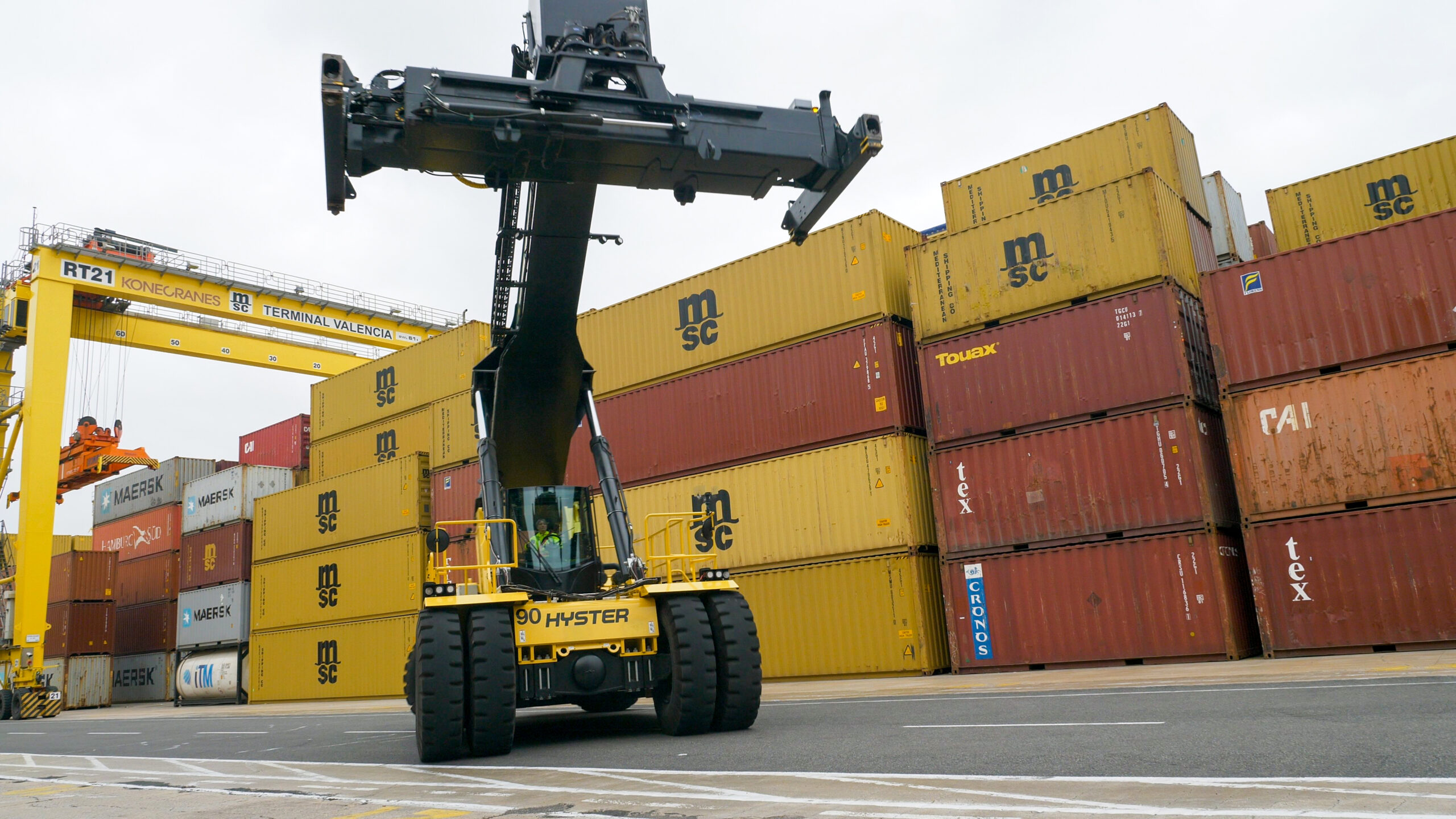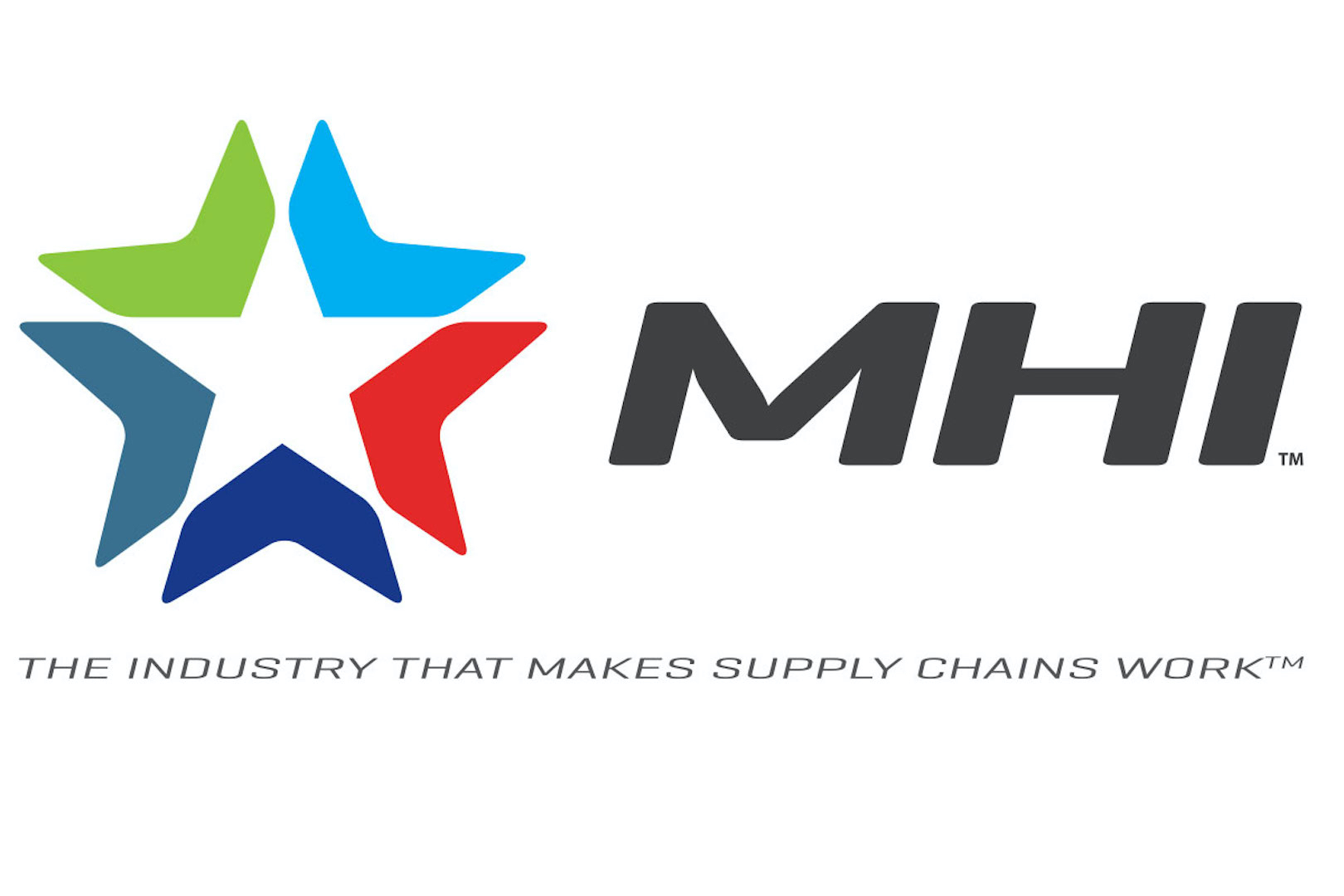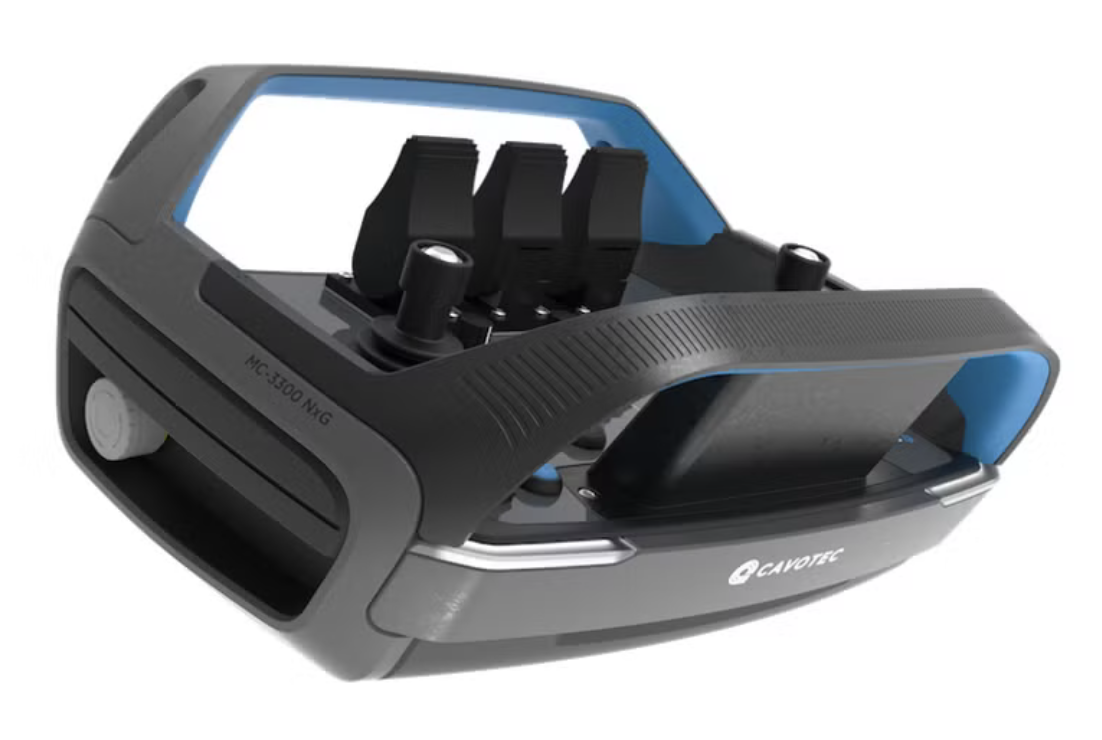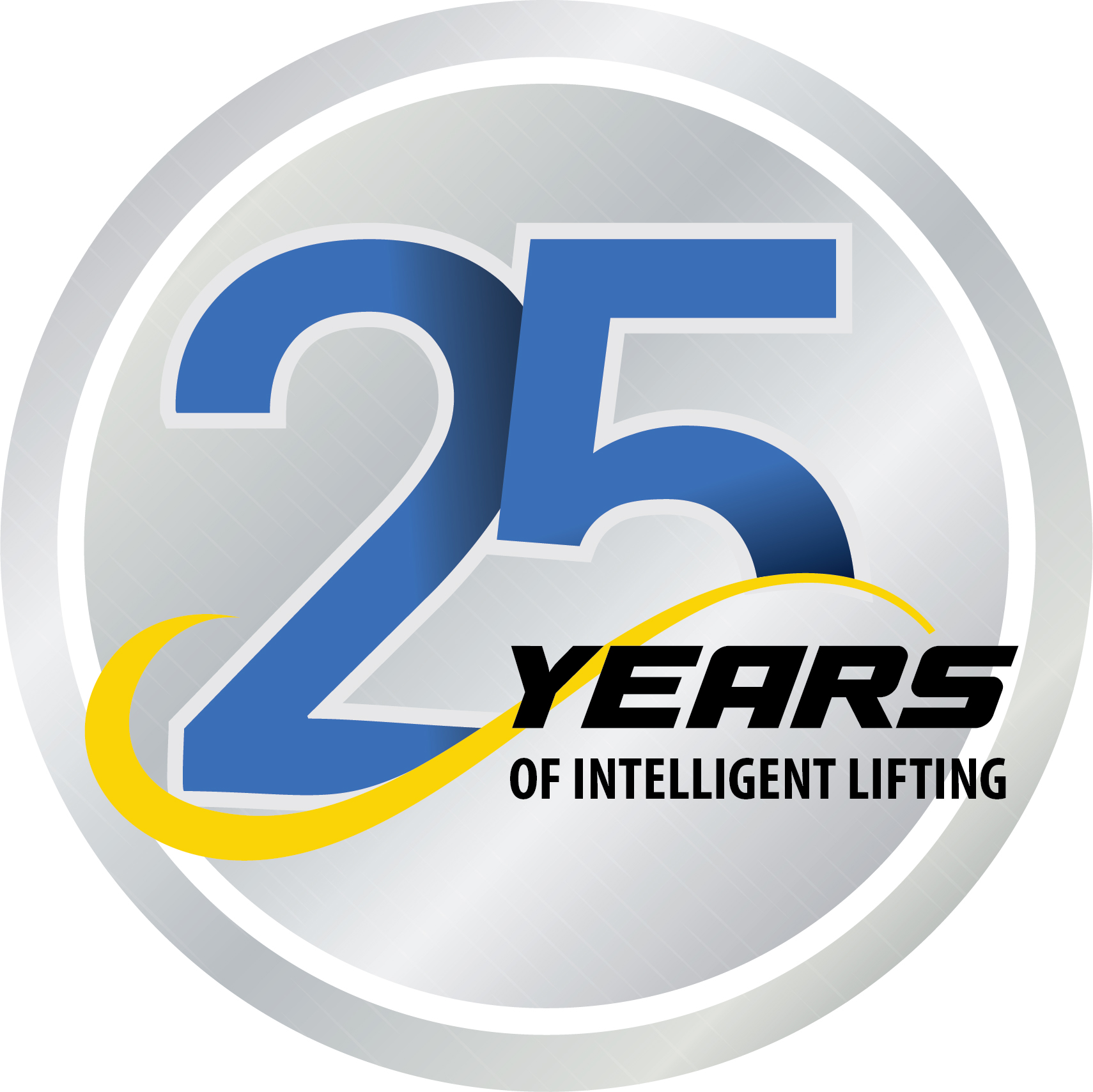UK’s DT Engineering Installs Goliath on EOT Crane
Very few companies can carry out the install of a Goliath crane on top of an overhead electric traveling crane in a car plant without taking off parts of the roof. Even fewer could step in to expertly handle the project at the 11th hour when the original supplier realised it wasn’t up to the task. That’s where DT Engineering NW came in.
There are few things more frustrating in business than being let down at the last minute. It is even more damaging when you are a leading car manufacturer that has scheduled a costly shutdown of its plant in order for essential maintenance work to be carried out on car press machinery.
But this was the dilemma facing the manufacturer in question. The project was to build a Goliath Crane on top of an overhead electric travelling crane in the car plant’s press shop. This would enable essential repair and maintenance work to be carried out on the flywheels that form part of the press.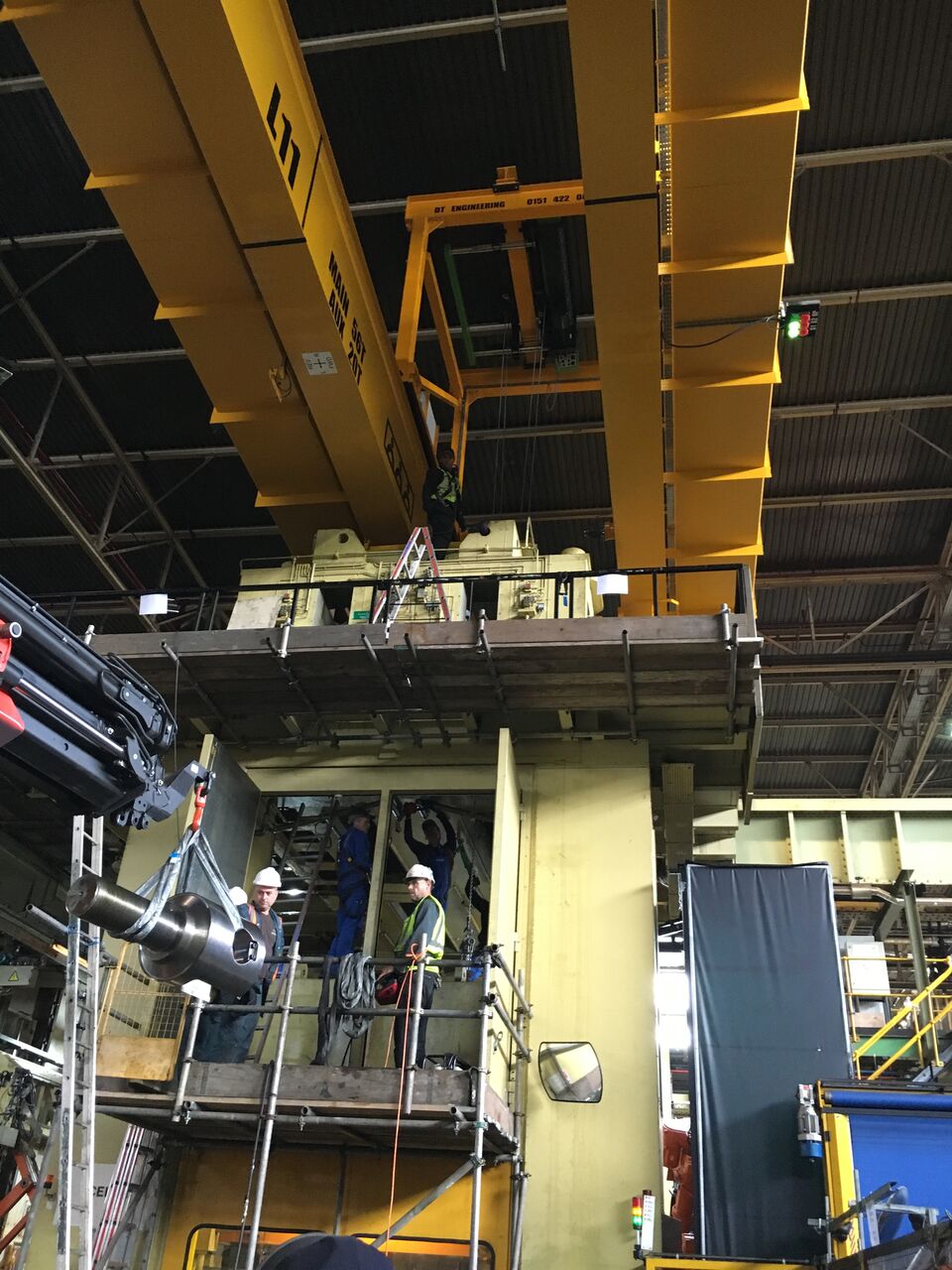
The project has previously been pitched for by a business that insisted they were up to the job, and able to carry it out to the manufacturer’s specifications. As time passed, and the project start date drew closer, it became evident they were not able to deliver.
This led the car manufacturer to enter into dialogue with a large scale engineering contractors that insisted the task in hand could simply not be completed without the removal of roof sections in addition to the implementation of stick cranes to undertake the engineering. Unsurprisingly, this would come at a major cost.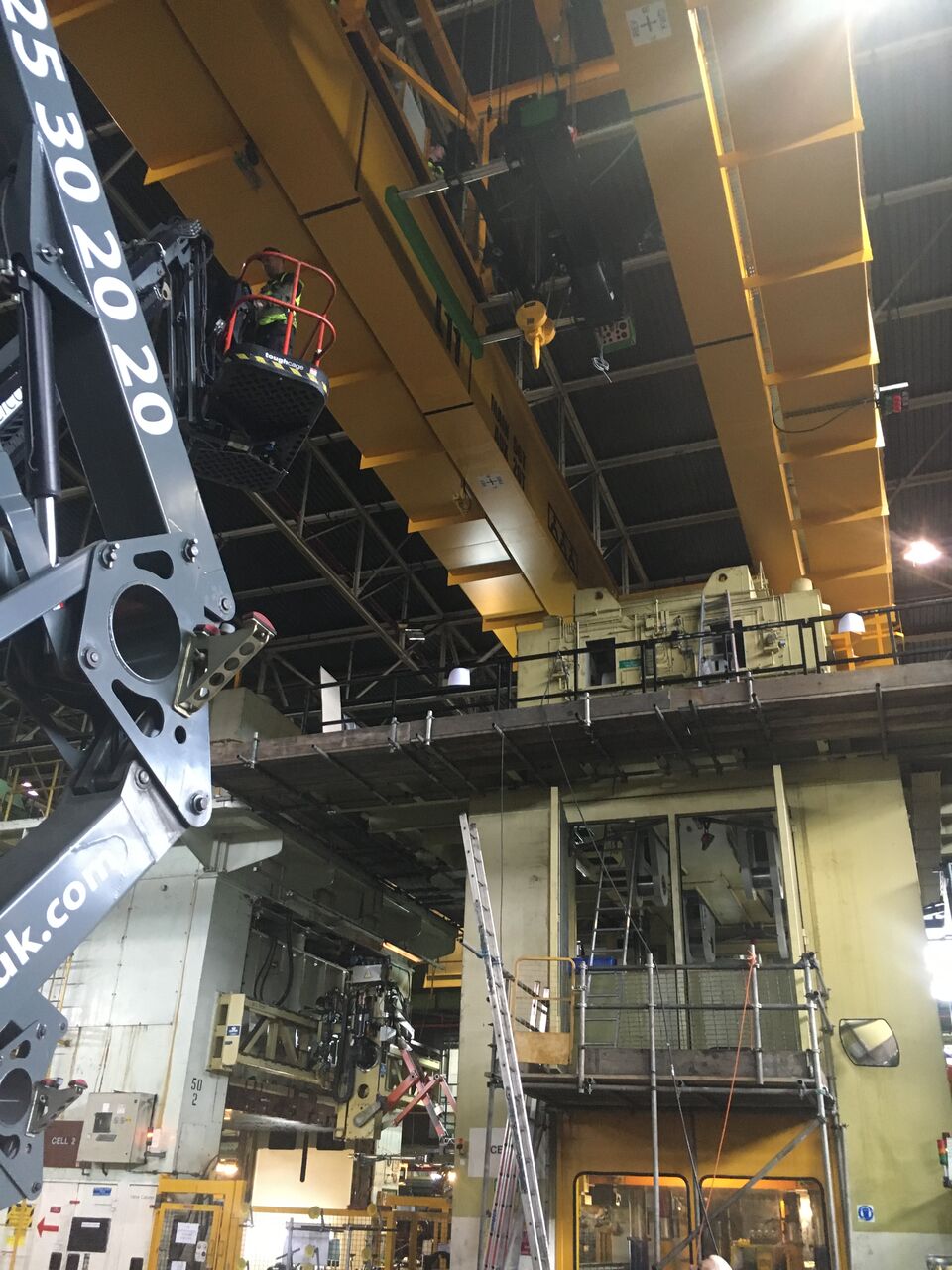
Thankfully, two weeks before the assigned shutdown date, DT Engineering NW, the press shop facilities’ regular crane engineering contractor, was invited to tender for the project. The crane manufacturer and lifting equipment specialist, which is based in the North West of England, had occasionally worked with German business Schuler that manufactures and maintains car press machines, including those used by the car manufacturer in this scenario.
Tom Coyle, managing director at DT Engineering NW, explains that the business laid out its case simply, accurately and realistically in order to give the client every assurance on its capabilities.
He said: “The two companies that had previously quoted explained that the project could simply not be carried out without sections of the roof coming off and two mobile cranes doing the lifts there. 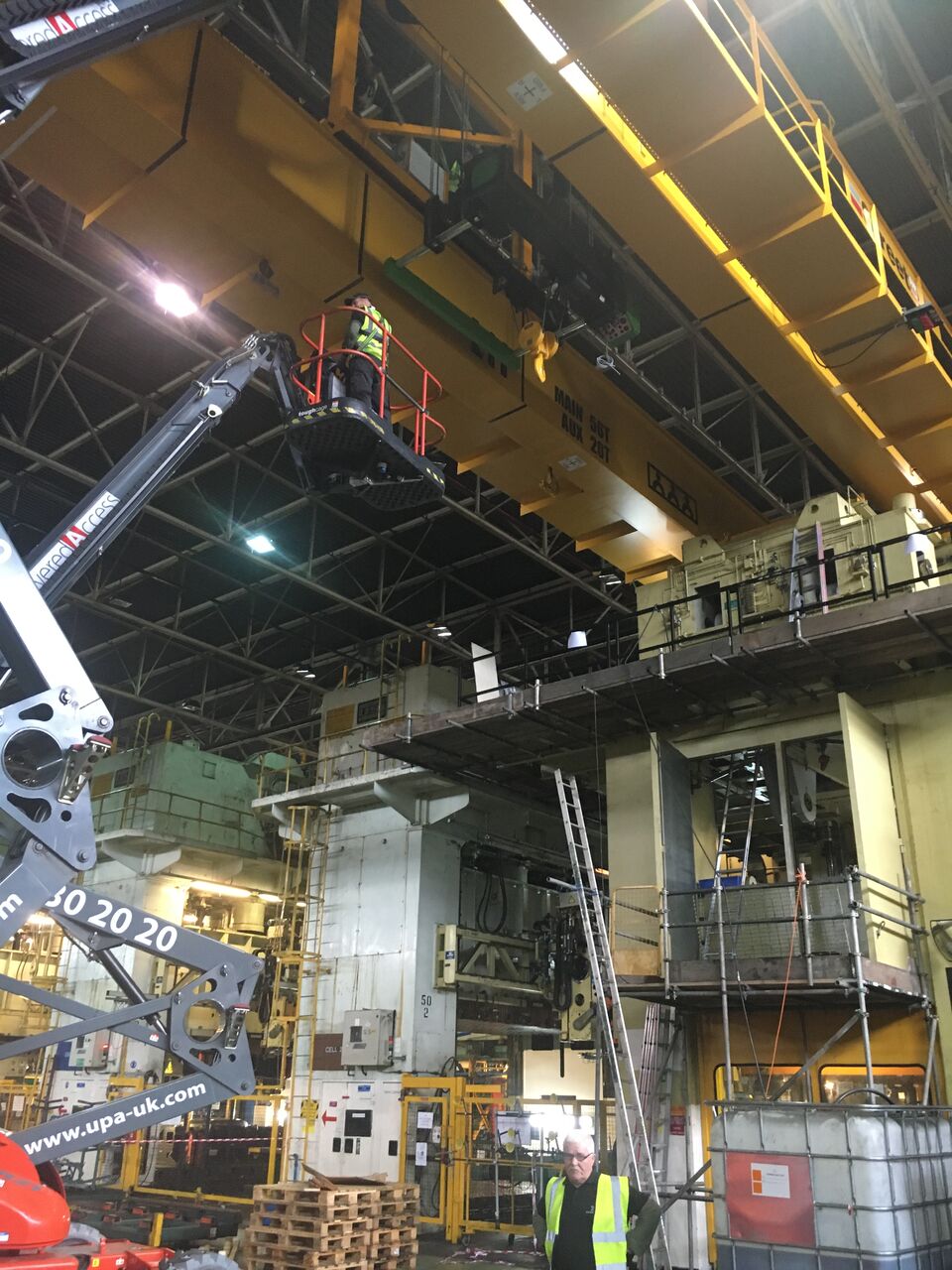
“For the client, cost and time were the main concern. They had been looking at the job for around 20 weeks prior and the shutdown was imminent to the pressure was on. They had their previous meetings and had resigned themselves to that outcome but that’s why we were invited, two weeks before the start date.”
DT Engineering NW employs 21 staff and utilises more than 30 years of experience in the manufacture, service and maintenance of mechanical handling equipment, including factory cranes, jib cranes, wire rope and chain hoists on a day-to-day basis.
Coyle, who has a raft of experience in crane engineering, mechanical fabrication, heavy engineering and industrial installs, explained that the four flywheels that form part of the car press needed to be removed for maintenance and the only access point for these was at the top of the machine.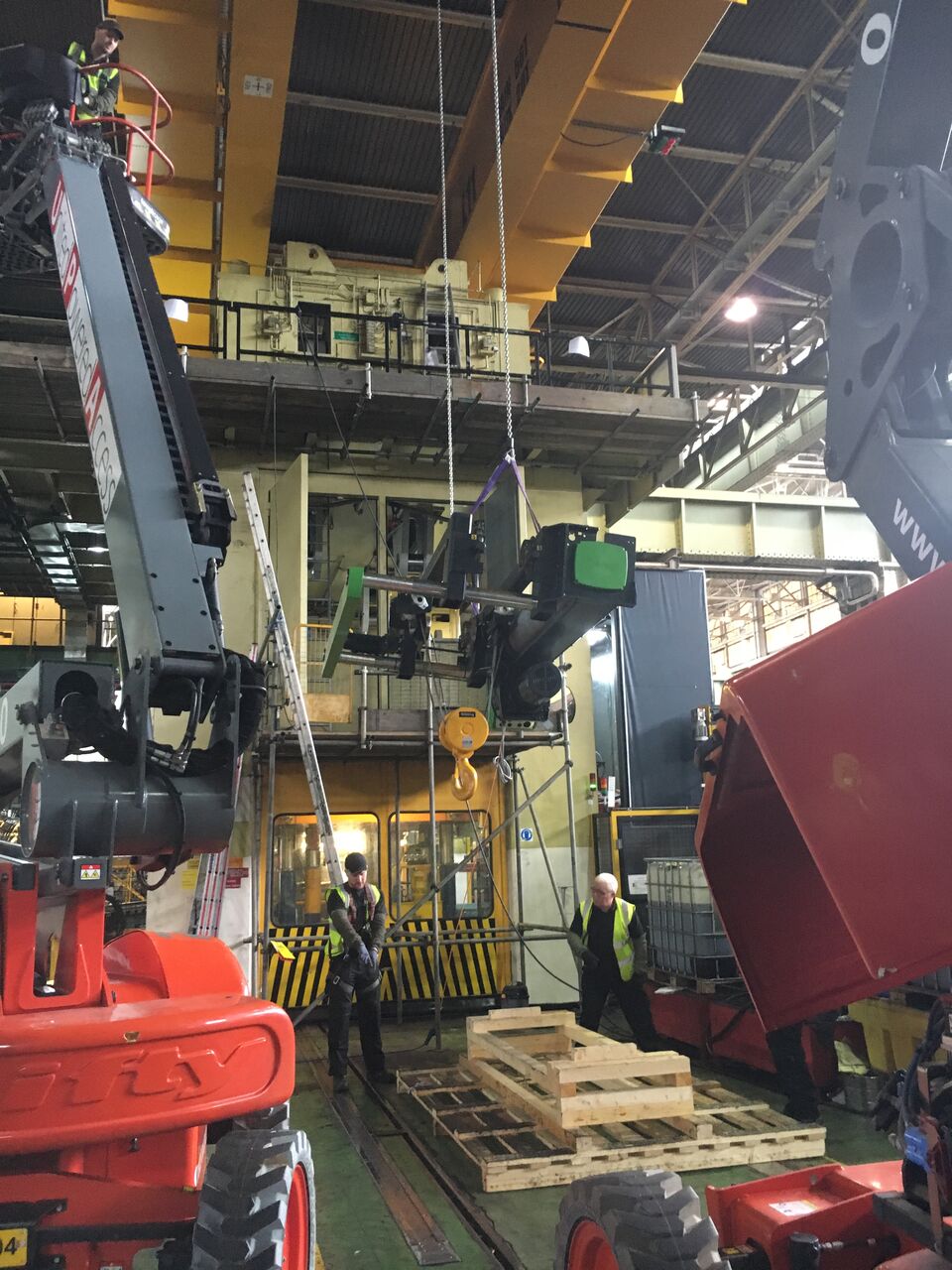
He said: “Following our conversations, we carried out a detailed analysis of the press, looked at the limitations that existed, and had in-depth conversations with the team there during an intense meeting with both the car manufacturer and the press giant.
“It was agreed that our job could be done. We were saying yes it can be done when the others said no. The manufacturer was aware of our work and it was as good as our bond. Having worked with Schuler before ensured the client had that extra confidence in us.
“The main concerns were timelines given by our suppliers. We needed a 15t wire electric hoist with HOL [height of lift] of 15m—and fast. So we got on with stripping the press and we had to position the Street Crane-manufactured overhead crane to give us space to pull out the fly wheels, which are around 3m wide diameter and weighed 13t. With clearance out of the access hatch only 3 or 4mm, being precise was key.”
DT Engineering NW organised the necessary CAD drawings and continued conversations with the eventual supplier of the 15t hoist from Stahl.
“Stahl were excellent. They were able to deliver the hoist that timescale but we had to shorten the delay on our side so the best solution was to organise our own transport from the factory in Germany to the facility here,” explained Coyle.
Coyle added that there was an inevitable raft of safety concerns to keep in mind.
He said: “By building a Goliath crane on top of a crane, it was necessary to degrease and clean down the existing Street EOT [electric overhead travelling] crane. We also had our team walking along bridge beams so we installed safety lines and disabled the Street EOT from an electrical standpoint.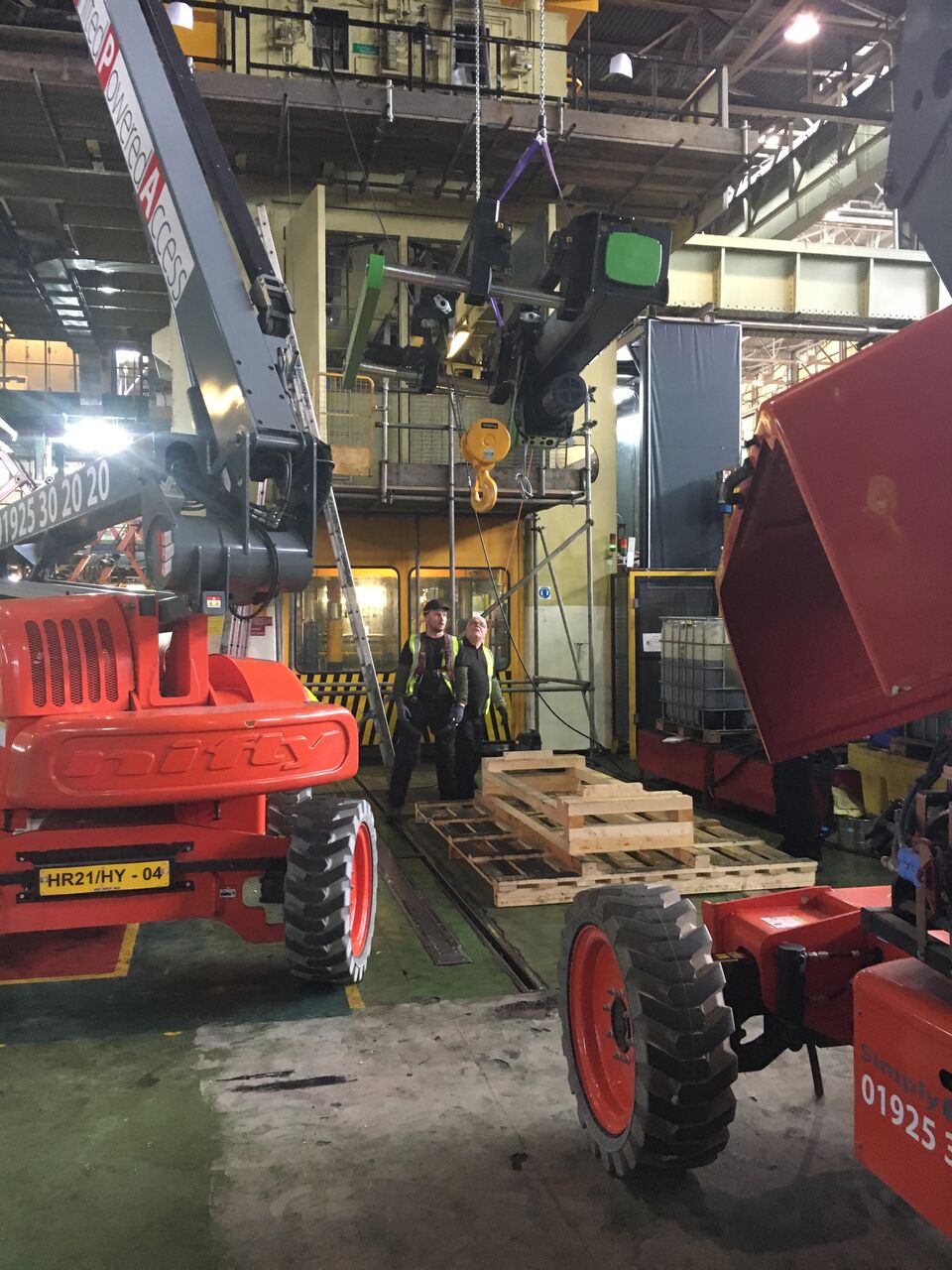
“We also had to pass the crab of the Street machine to one side to maximise our working area so it’s safe to say it was an intense period before the start date. As we work with bespoke kit, we also had to manufacture the setup in our workshop, live load test and then install on site knowing that it would work. This install period lasted approximately two-and-a-half days, which we were happy with.”
The successful project has been taking place during August with the Goliath due for decommission at the end of the month.
“We pride ourselves on being the one stop shop for engineering and we are overhead crane specialists on cranes from 1t to 60t. We are well versed working at height and, while this project was a tall order, we had the personnel and experience to get it done,” Coyle concluded.



